-
Executive Summary
-
Market Attractiveness Analysis
- Global Inflight Shopping Market, by Aircraft Class
- Global Inflight Shopping Market, by Carrier Type
- Global Inflight Shopping Market, by Shopping Type
- Global Inflight Shopping Market, by Region
-
Market Introduction
-
Market Definition
-
Scope of the Study
-
Market Structure
-
Key Buying Criteria
-
Market Factor Indicator Analysis
-
Research Methodology
-
Research Process
-
Primary Research
-
Secondary Research
-
Market Size Estimation
-
Forecast Model
-
List of Assumptions
-
Market Insights
-
Market Dynamics
-
Introduction
-
Drivers
-
Restraints
-
Opportunities
-
Challenges
-
Market/Technological Trends
-
Regulatory Landscape/Standards
-
Market Factor Analysis
-
Value Chain/Supply Chain Analysis
- Service Requirements
- Design and Development of Services
- Installation of Services
- Post-Installation Monitoring
-
Porter’s Five Forces Analysis
- Threat of New Entrants
- Bargaining Power of Buyers
- Threat of Substitutes
- Rivalry
- Bargaining Power of Supplies
-
Global Inflight Shopping Market, by Aircraft Class
-
Introduction
-
First Class
- Market Estimates & Forecast, 2025-2034
- Market Estimates & Forecast, by Region, 2025-2034
-
Business Class
- Market Estimates & Forecast, 2025-2034
- Market Estimates & Forecast, by Region, 2025-2034
-
Premium Economy Class
- Market Estimates & Forecast, 2025-2034
- Market Estimates & Forecast, by Region, 2025-2034
-
Economy Class
- Market Estimates & Forecast, 2025-2034
- Market Estimates & Forecast, by Region, 2025-2034
-
Global Inflight Shopping Market, by Carrier Type
-
Introduction
-
Full Service
- Market Estimates & Forecast, 2025-2034
- Market Estimates & Forecast, by Region, 2025-2034
-
Low Cost
- Market Estimates & Forecast, 2025-2034
- Market Estimates & Forecast, by Region, 2025-2034
-
Global Inflight Shopping Market, by Shopping Type
-
Introduction
-
Travel Essentials
- Market Estimates & Forecast, 2025-2034
- Market Estimates & Forecast, by Region, 2025-2034
-
Accessories
- Market Estimates & Forecast, 2025-2034
- Market Estimates & Forecast, by Region, 2025-2034
-
Beauty and Care
- Market Estimates & Forecast, 2025-2034
- Market Estimates & Forecast, by Region, 2025-2034
-
Children
- Market Estimates & Forecast, 2025-2034
- Market Estimates & Forecast, by Region, 2025-2034
-
-
Others
- Market Estimates & Forecast, 2025-2034
- Market Estimates & Forecast, by Region, 2025-2034
-
Market Estimates & Forecast, by Region, 2025-2034
-
Global Inflight Shopping Market, by Region
-
Introduction
-
North America
- Market Estimates & Forecast, by Country, 2025-2034
- Market Estimates & Forecast, by Aircraft Class, 2025-2034
- Market Estimates & Forecast, by Carrier Type, 2025-2034
- Market Estimates & Forecast, by Shopping Type, 2025-2034
- US
- Canada
-
Europe
- Market Estimates & Forecast, by Country, 2025-2034
- Market Estimates & Forecast, by Aircraft Class, 2025-2034
- Market Estimates & Forecast, by Carrier Type, 2025-2034
- Market Estimates & Forecast, by Shopping Type, 2025-2034
- UK
- Germany
- France
- Italy
- Russia
- Rest of Europe
-
Asia-Pacific
- Market Estimates & Forecast, by Country, 2025-2034
- Market Estimates & Forecast, by Aircraft Class, 2025-2034
- Market Estimates & Forecast, by Carrier Type, 2025-2034
- Market Estimates & Forecast, by Shopping Type, 2025-2034
- China
- Japan
- India
- Australia
- South Korea
- Rest of Asia-Pacific
-
Middle East & Africa
- Market Estimates & Forecast, by Country, 2025-2034
- Market Estimates & Forecast, by Aircraft Class, 2025-2034
- Market Estimates & Forecast, by Carrier Type, 2025-2034
- Market Estimates & Forecast, by Shopping Type, 2025-2034
- UAE
- Israel
- Saudi Arabia
- Rest of the Middle East & Africa
-
Latin America
- Market Estimates & Forecast, by Country, 2025-2034
- Market Estimates & Forecast, by Aircraft Class, 2025-2034
- Market Estimates & Forecast, by Carrier Type, 2025-2034
- Market Estimates & Forecast, by Shopping Type, 2025-2034
- Brazil
- Rest of Latin America
-
Competitive Landscape
-
Competitive Overview
-
Competitor Dashboard
-
Major Growth Strategies in the Global Inflight Shopping Market
-
Competitive Benchmarking
-
Market Share Analysis
-
The Leading Player in Terms of Number of Developments in the Global Inflight Shopping Market
-
Key Developments & Growth Strategies
- Product Launches/Service Deployments
- Mergers & Acquisitions
- Joint Ventures
-
Company Profiles
-
Inmarsat plc
- Company Overview
- Products/Services Offered
- Financial Overview
- Key Developments
- SWOT Analysis
- Key Strategies
-
Lufthansa
- Company Overview
- Products/Services Offered
- Financial Overview
- Key Developments
- SWOT Analysis
- Key Strategies
-
AirAsia Group
- Company Overview
- Products/Services Offered
- Financial Overview
- Key Developments
- SWOT Analysis
- Key Strategies
-
The Emirates Group
- Company Overview
- Products/Services Offered
- Financial Overview
- Key Developments
- SWOT Analysis
- Key Strategies
-
Swiss International Air Lines AG
- Company Overview
- Products/Services Offered
- Financial Overview
- Key Developments
- SWOT Analysis
- Key Strategies
-
Thomas Cook Airlines Ltd
- Company Overview
- Products/Services Offered
- Financial Overview
- Key Developments
- SWOT Analysis
- Key Strategies
-
Singapore Airlines Limited
- Company Overview
- Products/Services Offered
- Financial Overview
- Key Developments
- SWOT Analysis
- Key Strategies
-
EasyJet Airline Company Limited
- Company Overview
- Products/Services Offered
- Financial Overview
- Key Developments
- SWOT Analysis
- Key Strategies
-
Appendix
-
References
-
Related Reports
-
List of Abbreviations
-
Industry Insights
-
Note: This table of contents is tentative and subject to change as the research progresses.
-
List of Tables
-
Global Inflight Shopping Market, by Region, 2025-2034
-
North America: Inflight Shopping Market, by Country, 2025-2034
-
Europe: Inflight Shopping Market, by Country, 2025-2034
-
Asia-Pacific: Inflight Shopping Market, by Country, 2025-2034
-
Middle East & Africa: Inflight Shopping Market, by Country, 2025-2034
-
Latin America: Inflight Shopping Market, by Country, 2025-2034
-
Global Inflight Shopping Market Size, by Region, 2025-2034
-
North America: Inflight Shopping Market Size, by Country, 2025-2034
-
Europe: Inflight Shopping Market Size, by Country, 2025-2034
-
Asia-Pacific: Inflight Shopping Market Size, by Country, 2025-2034
-
Middle East & Africa: Inflight Shopping Market Size, by Country, 2025-2034
-
Latin America: Inflight Shopping Market Size, by Country, 2025-2034
-
Global Inflight Shopping Market, by Region, 2025-2034
-
North America: Inflight Shopping Market, by Country, 2025-2034
-
Europe: Inflight Shopping Market, by Country, 2025-2034
-
Asia-Pacific: Inflight Shopping Market, by Country, 2025-2034
-
Middle East & Africa: Inflight Shopping Market, by Country, 2025-2034
-
Latin America: Inflight Shopping Market, by Country, 2025-2034
-
Global Inflight Shopping Market, by Region, 2025-2034
-
North America: Inflight Shopping Market, by Country, 2025-2034
-
Europe: Inflight Shopping Market, by Country, 2025-2034
-
Asia-Pacific: Inflight Shopping Market, by Country, 2025-2034
-
Middle East & Africa: Inflight Shopping Market, by Country, 2025-2034
-
Latin America: Inflight Shopping Market, by Country, 2025-2034
-
Global Inflight Shopping Market, by Region, 2025-2034
-
North America: Inflight Shopping Market, by Country, 2025-2034
-
Europe: Inflight Shopping Market, by Country, 2025-2034
-
Asia-Pacific: Inflight Shopping Market, by Country, 2025-2034
-
Middle East & Africa: Inflight Shopping Market, by Country, 2025-2034
-
Latin America: Inflight Shopping Industry Market, by Country, 2025-2034
-
Global Inflight Shopping Market, by Region, 2025-2034
-
North America: Inflight Shopping Market, by Country, 2025-2034
-
Europe: Inflight Shopping Market, by Country, 2025-2034
-
Asia-Pacific: Inflight Shopping Market, by Country, 2025-2034
-
Middle East & Africa: Inflight Shopping Market, by Country, 2025-2034
-
Latin America: Inflight Shopping Market, by Country, 2025-2034
-
Global Inflight Shopping Market, by Region, 2025-2034
-
Global Inflight Shopping Market, by Aircraft Class, 2025-2034
-
Global Inflight Shopping Market, by Carrier Type, 2025-2034
-
Global Inflight Shopping Market, by Shopping Type, 2025-2034
-
North America: Inflight Shopping Market, by Country, 2025-2034
-
North America: Inflight Shopping Market, by Aircraft Class, 2025-2034
-
North America: Inflight Shopping Market, by Carrier Type, 2025-2034
-
North America: Inflight Shopping Market, by Shopping Type, 2025-2034
-
Europe: Inflight Shopping Market, by Country, 2025-2034
-
Europe: Inflight Shopping Market, by Aircraft Class, 2025-2034
-
Europe: Inflight Shopping Market, by Carrier Type, 2025-2034
-
Europe: Inflight Shopping Market, by Shopping Type, 2025-2034
-
Asia-Pacific: Inflight Shopping Market, by Country, 2025-2034
-
Asia-Pacific: Inflight Shopping Market, by Aircraft Class, 2025-2034
-
Asia-Pacific: Inflight Shopping Market, by Carrier Type, 2025-2034
-
Asia-Pacific: Inflight Shopping Market, by Shopping Type, 2025-2034
-
Middle East & Africa: Inflight Shopping Market, by Country, 2025-2034
-
Middle East & Africa: Inflight Shopping Market, by Aircraft Class, 2025-2034
-
Middle East & Africa: Inflight Shopping Market, by Carrier Type, 2025-2034
-
Middle East & Africa: Inflight Shopping Market, by Shopping Type, 2025-2034
-
Latin America: Inflight Shopping Market, by Country, 2025-2034
-
Latin America: Inflight Shopping Market, by Aircraft Class, 2025-2034
-
Latin America: Inflight Shopping Market, by Carrier Type, 2025-2034
-
Latin America: Inflight Shopping Market, by Shopping Type, 2025-2034
-
-
List of Figures
-
Research Process of MRFR
-
Top-Down & Bottom-Up Approaches
-
Market Dynamics
-
Impact Analysis: Market Drivers
-
Impact Analysis: Market Restraints
-
Porter's Five Forces Analysis
-
Value Chain Analysis
-
Global Inflight Shopping Market Share, by Aircraft Class, 2022 (%)
-
Global Inflight Shopping Market, by Aircraft Class, 2025-2034 (USD Billion)
-
Global Inflight Shopping Market Share, by Carrier Type, 2022 (%)
-
Global Inflight Shopping Market, by Carrier Type, 2025-2034 (USD Billion)
-
Global Inflight Shopping Market Share, by Shopping Type, 2022 (%)
-
Global Inflight Shopping Market, by Shopping Type, 2025-2034 (USD Billion)
-
Global Inflight Shopping Market Share (%), by Region, 2022
-
Global Inflight Shopping Market, by Region, 2025-2034 (USD Billion)
-
North America: Inflight Shopping Market Share (%), 2022
-
North America: Inflight Shopping Market, by Country, 2025-2034 (USD Billion)
-
Europe: Inflight Shopping Market Share (%), 2022
-
Europe: Inflight Shopping Market, by Country, 2025-2034 (USD Billion)
-
Asia-Pacific: Inflight Shopping Market Share (%), 2022
-
Asia-Pacific: Inflight Shopping Market, by Country, 2025-2034 (USD Billion)
-
Middle East & Africa: Inflight Shopping Market Share (%), 2022
-
Middle East & Africa: Inflight Shopping Market, by Country, 2025-2034 (USD Billion)
-
Latin America: Inflight Shopping Market Share (%), 2022
-
Latin America: Inflight Shopping Market, by Country, 2025-2034 (USD Billion)

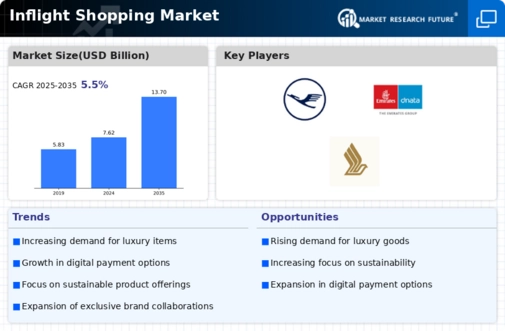
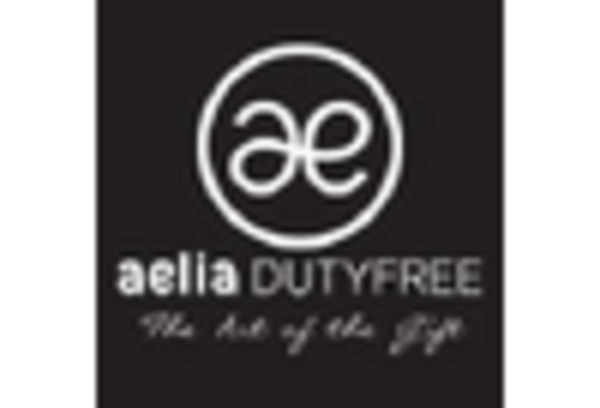
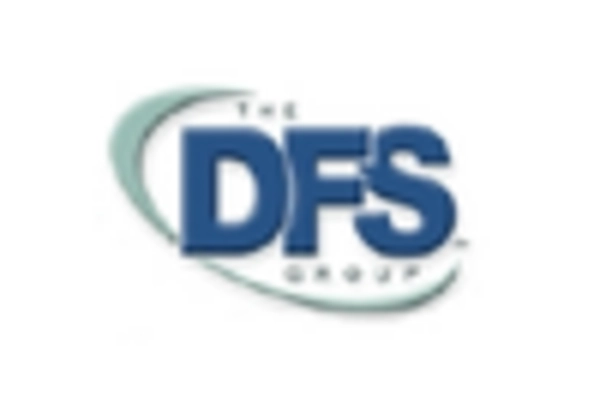
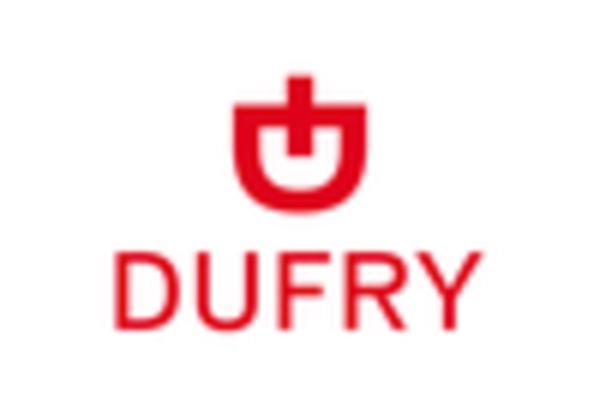
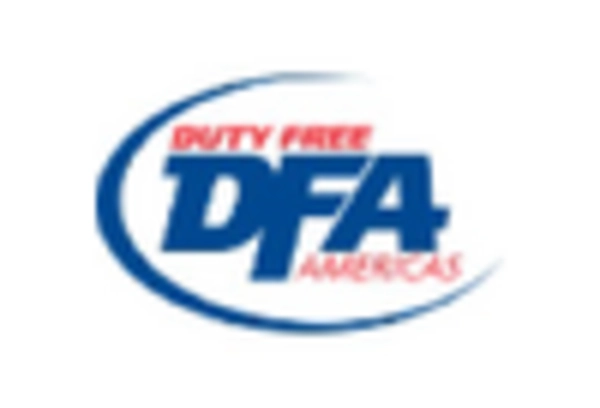

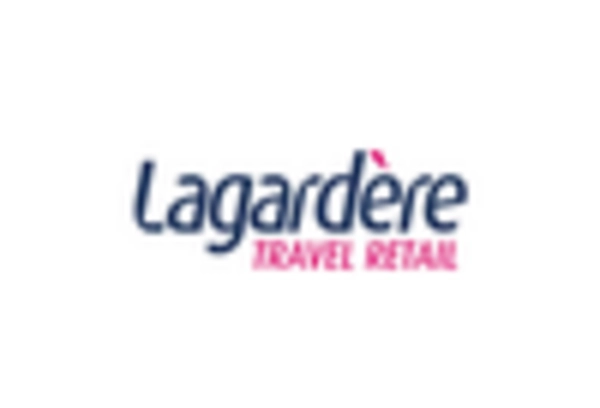









Leave a Comment